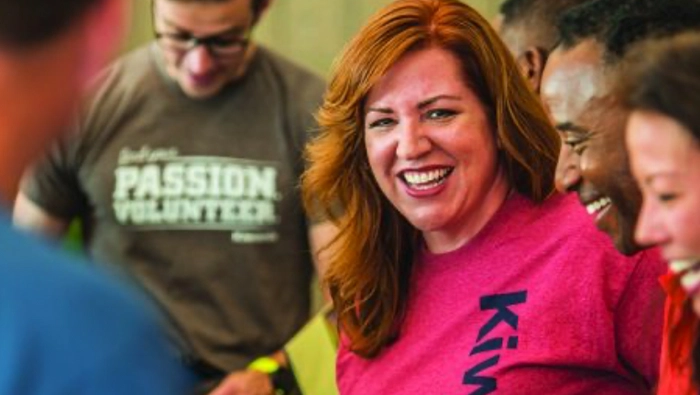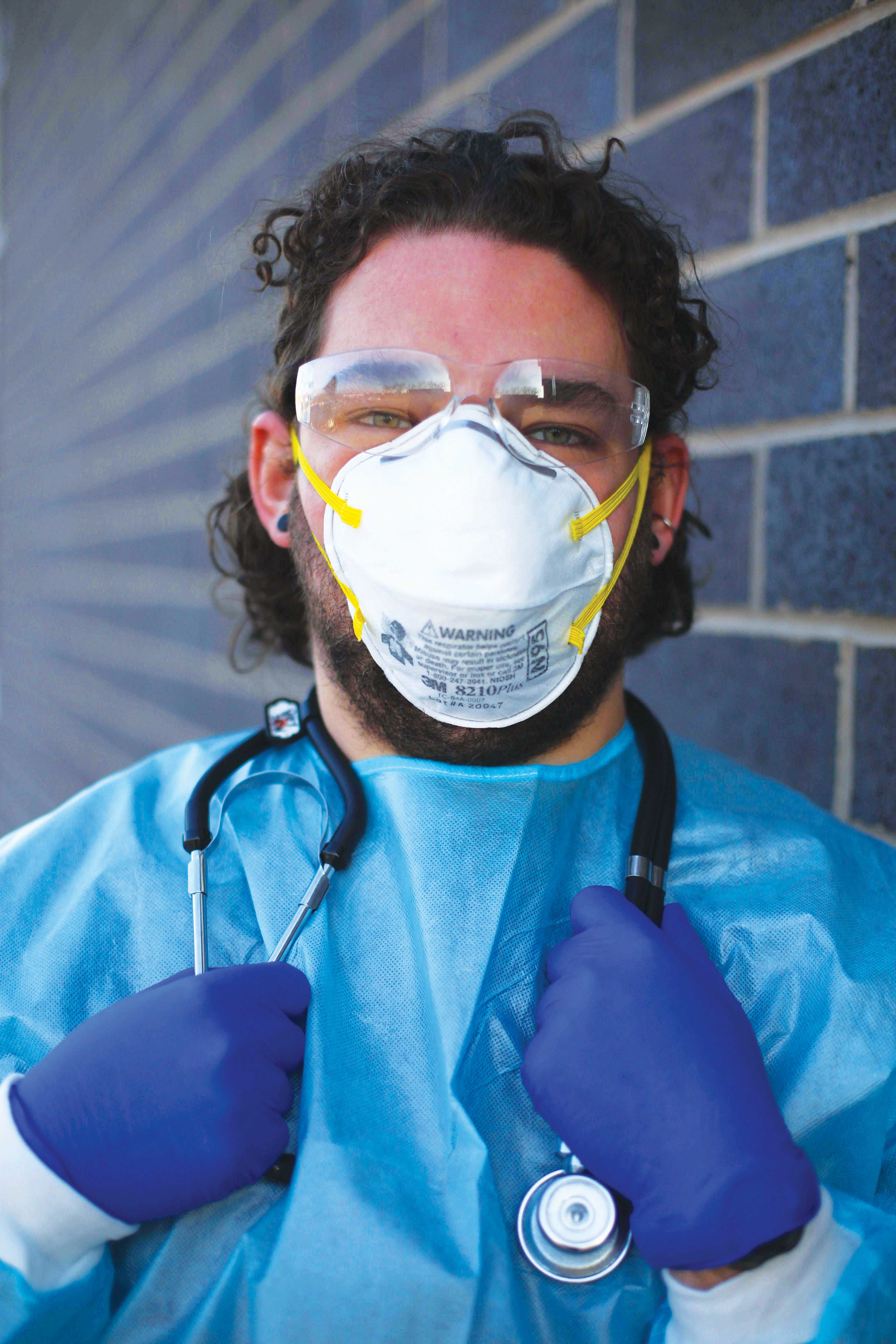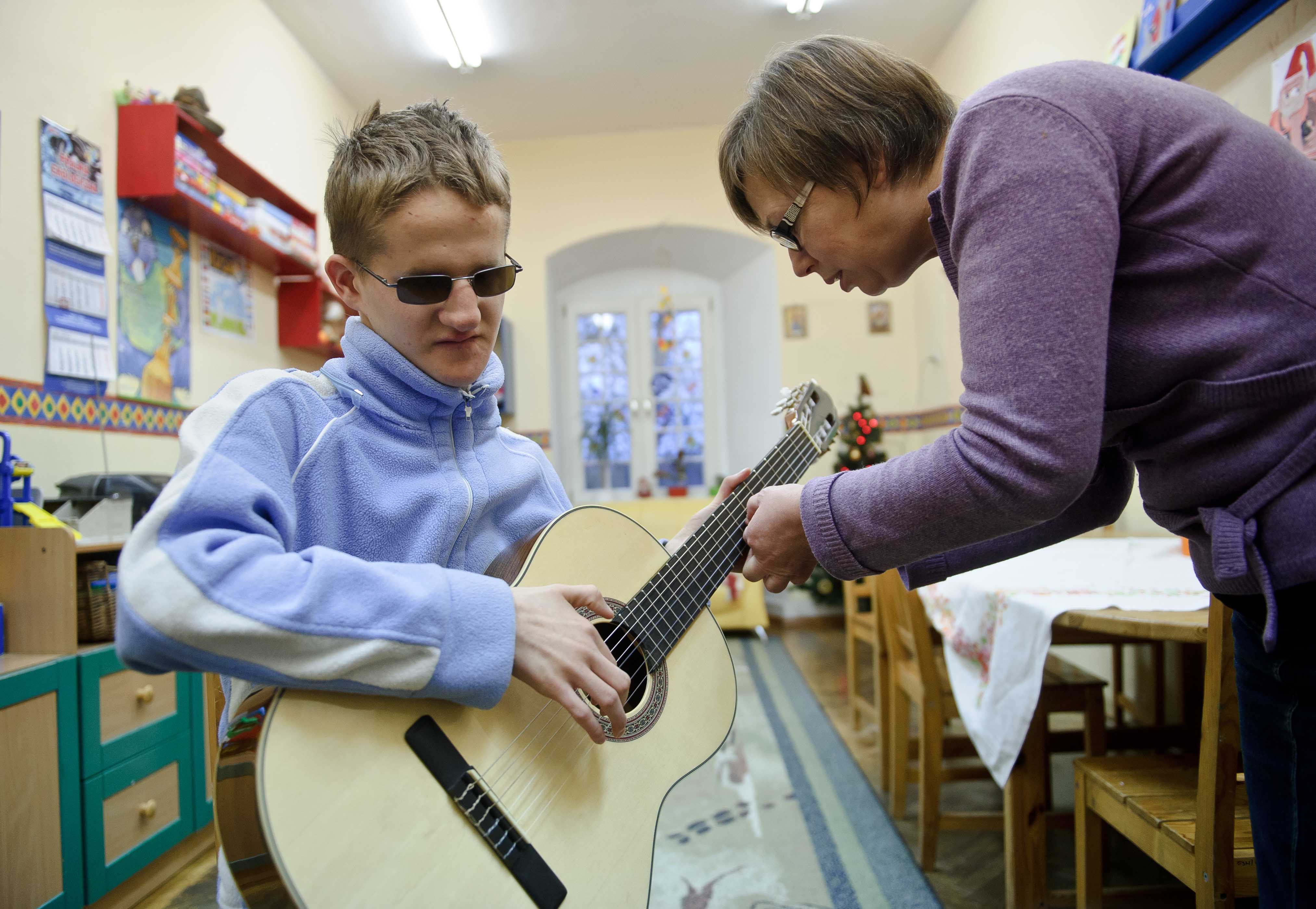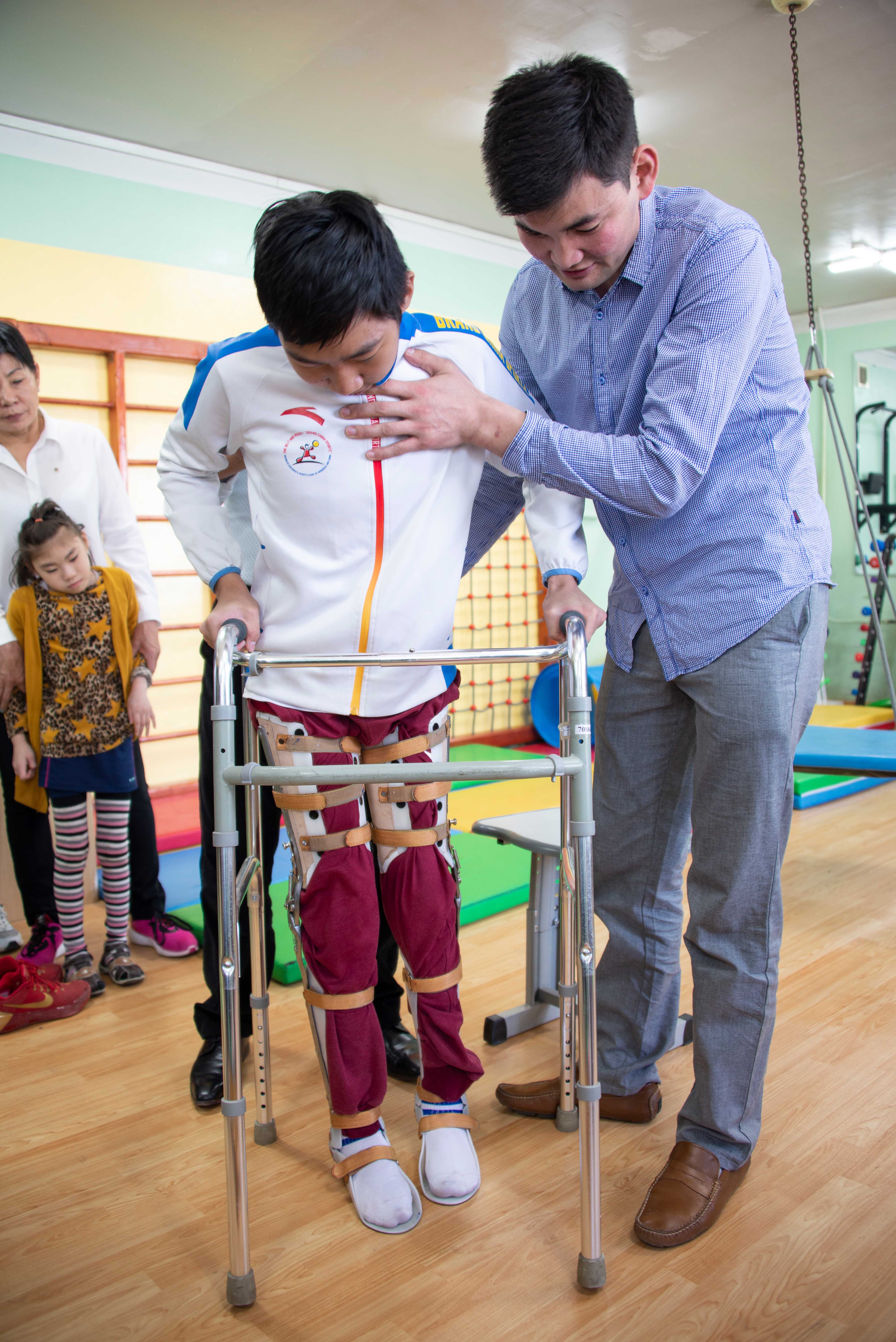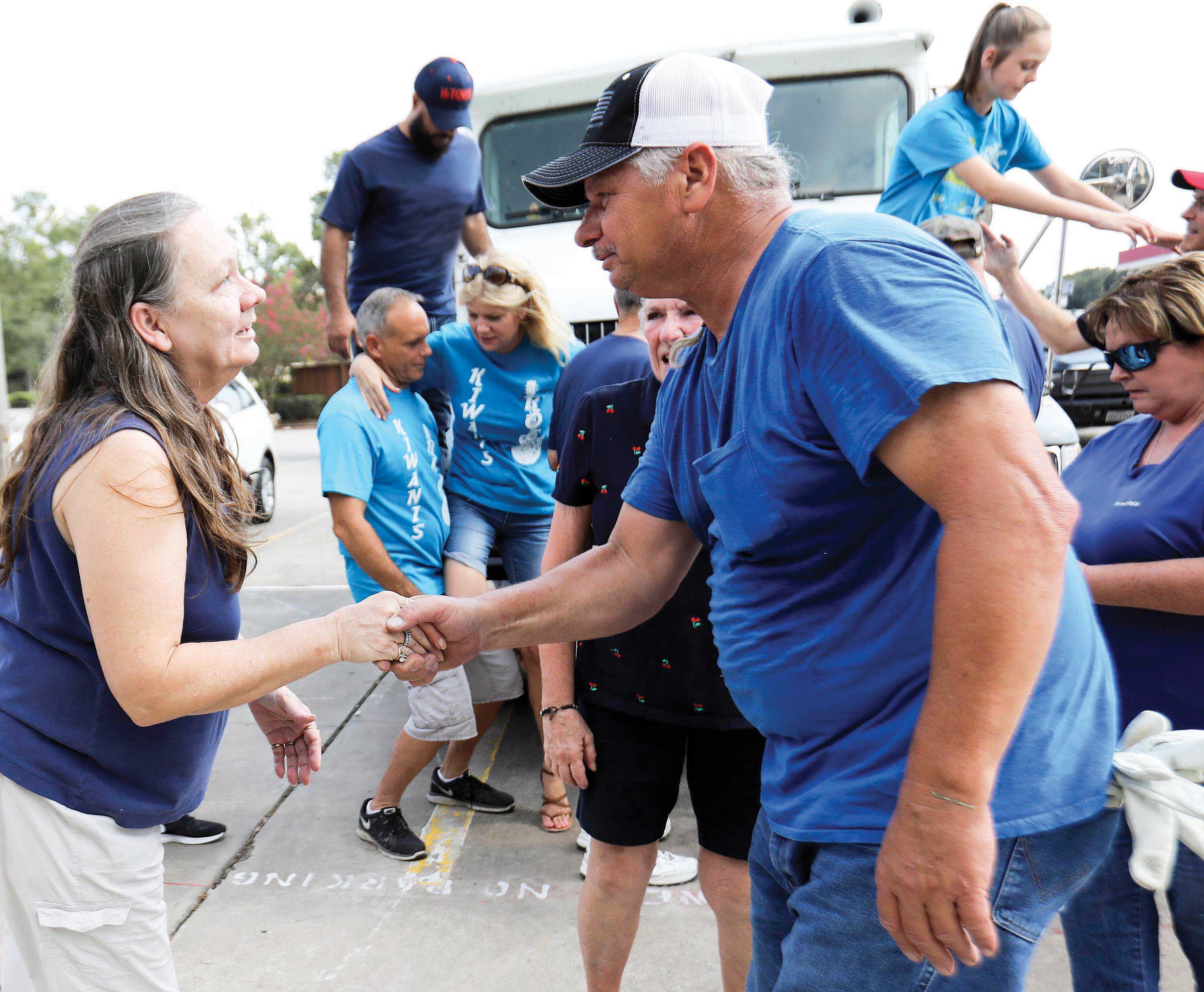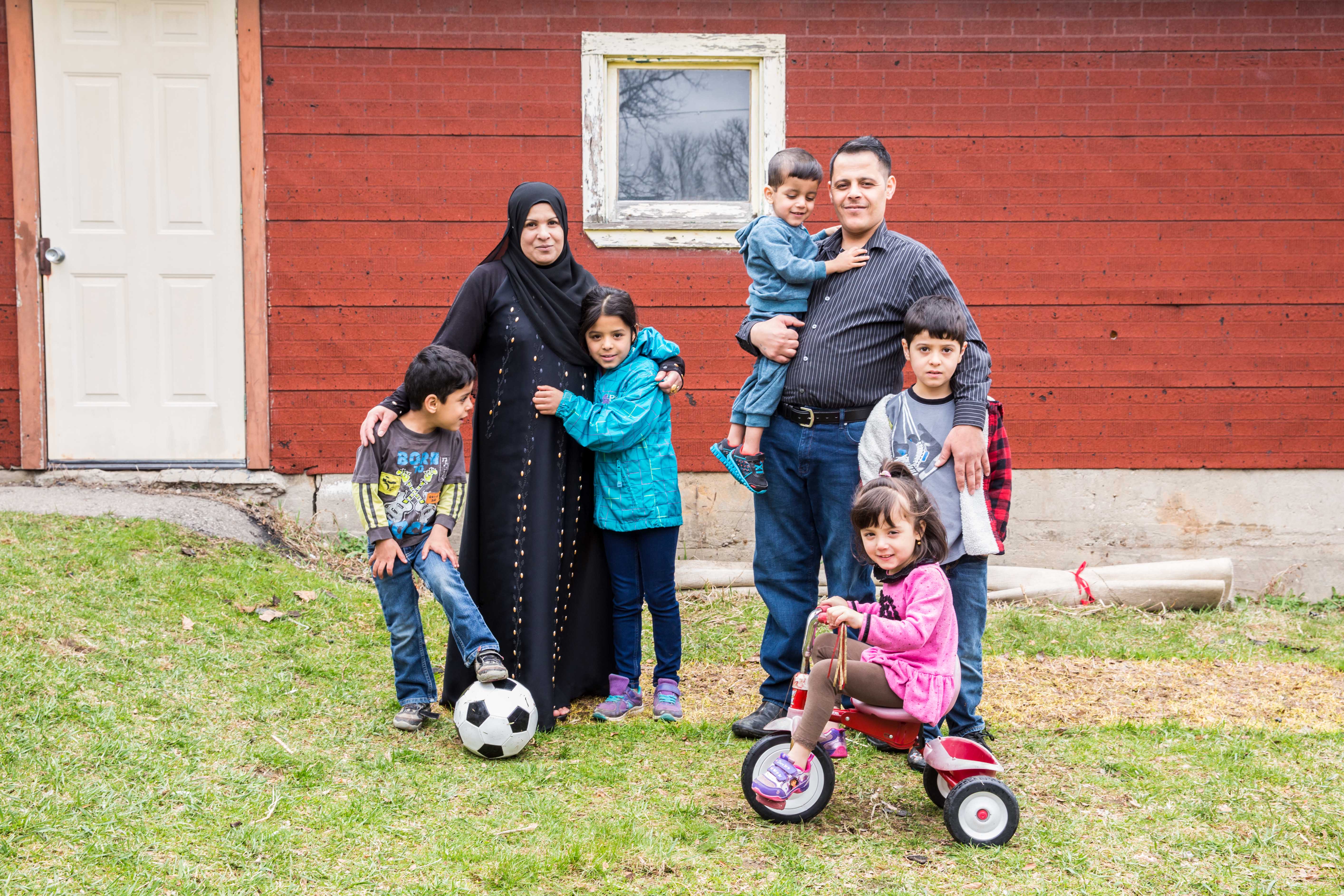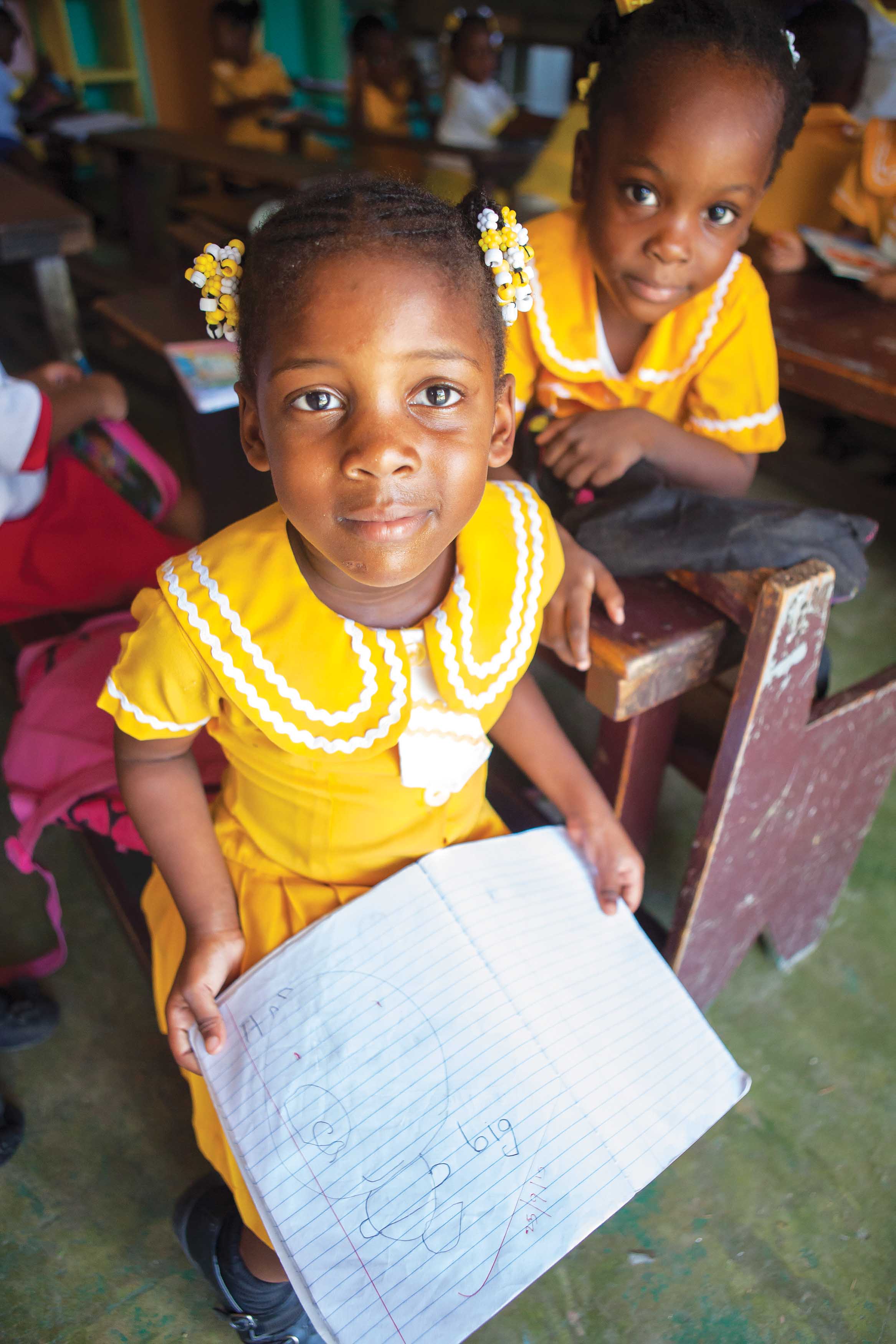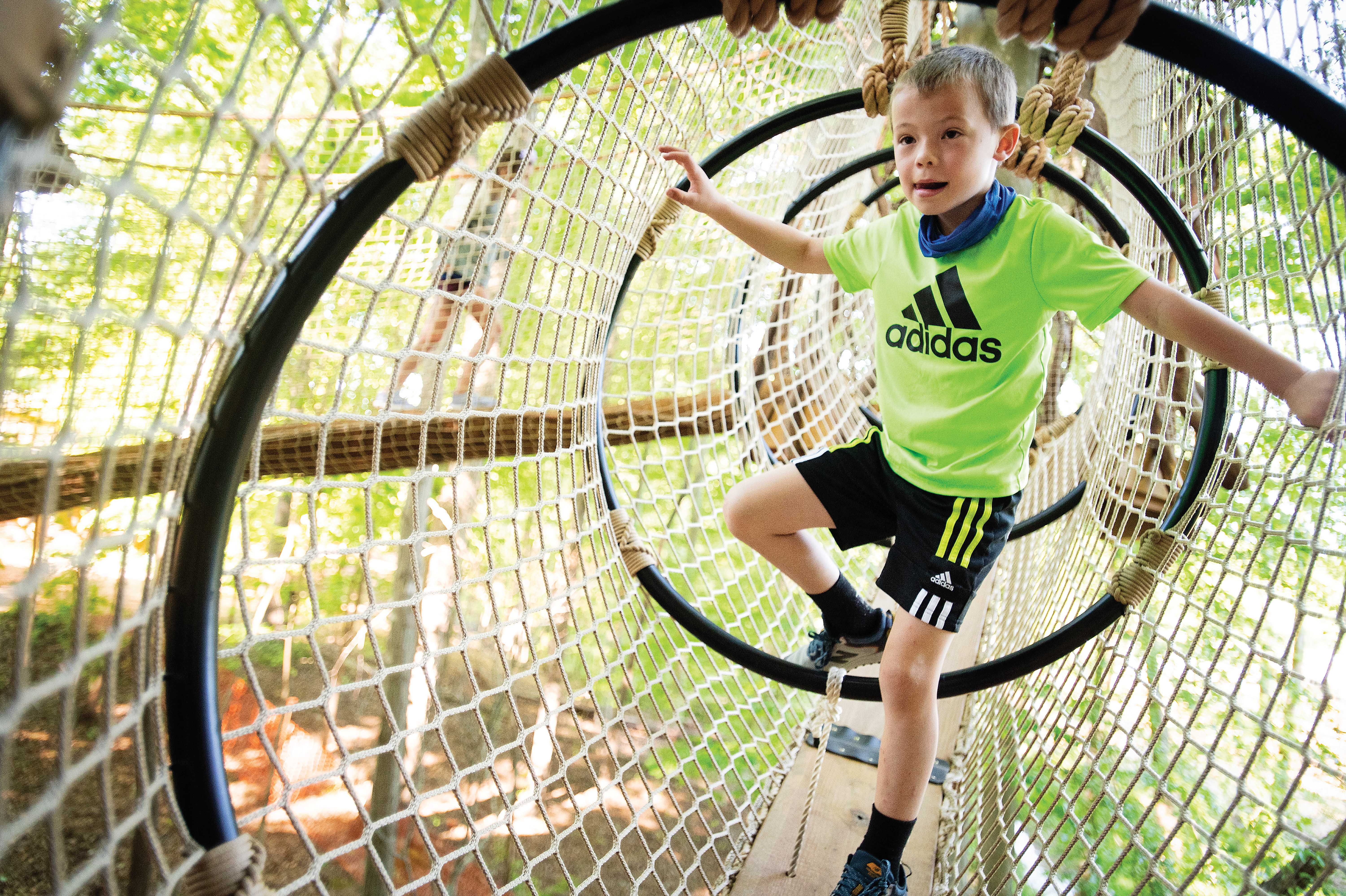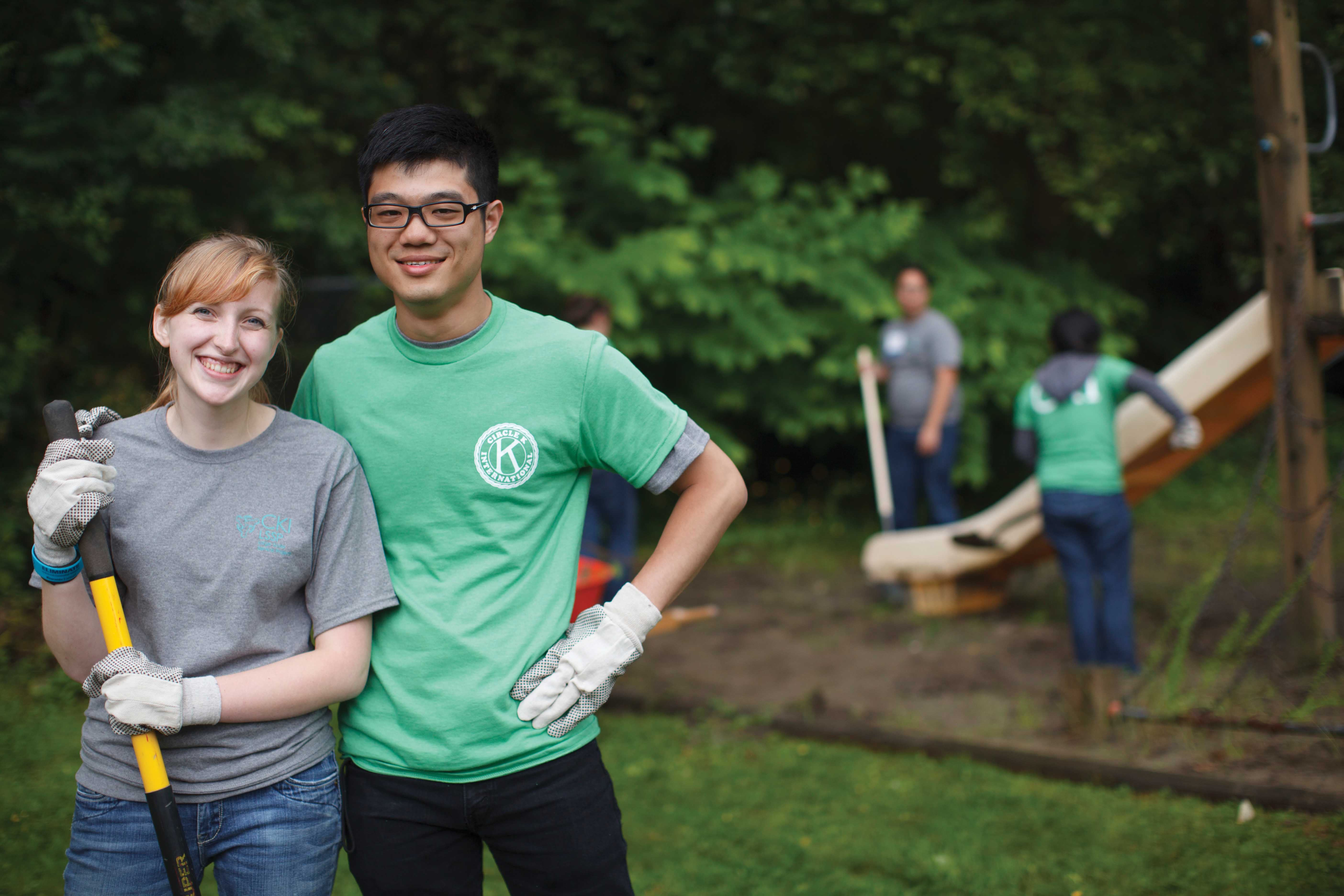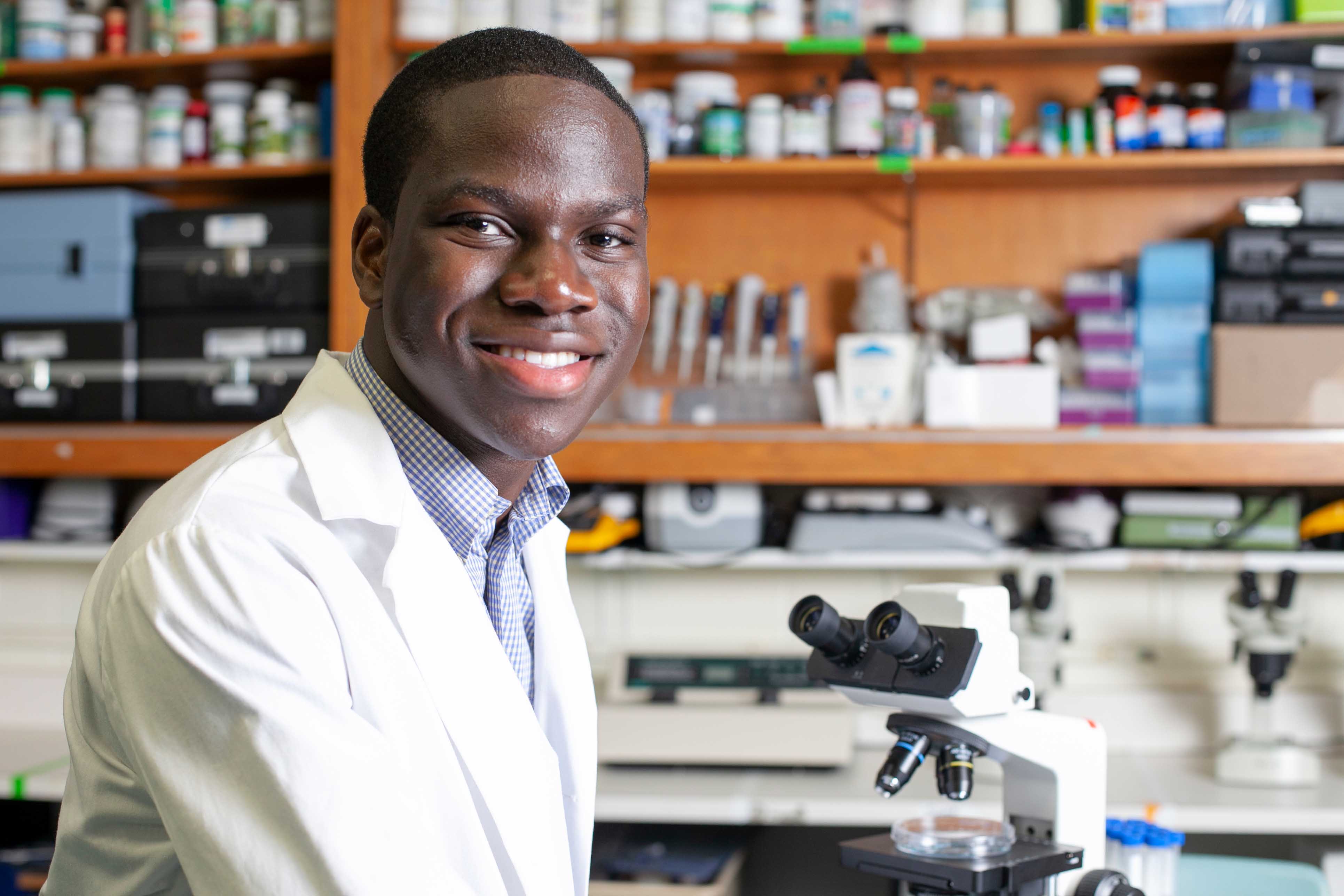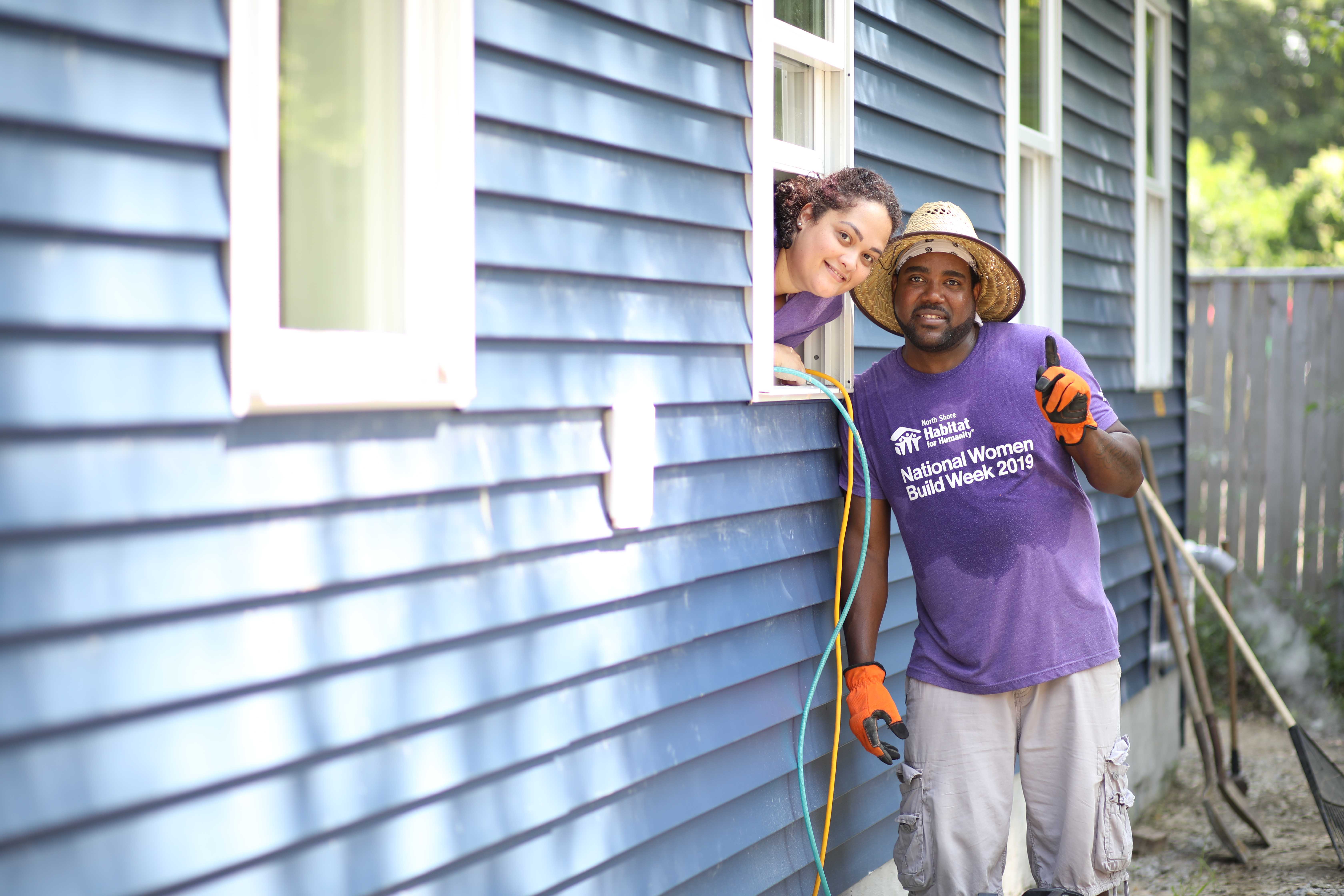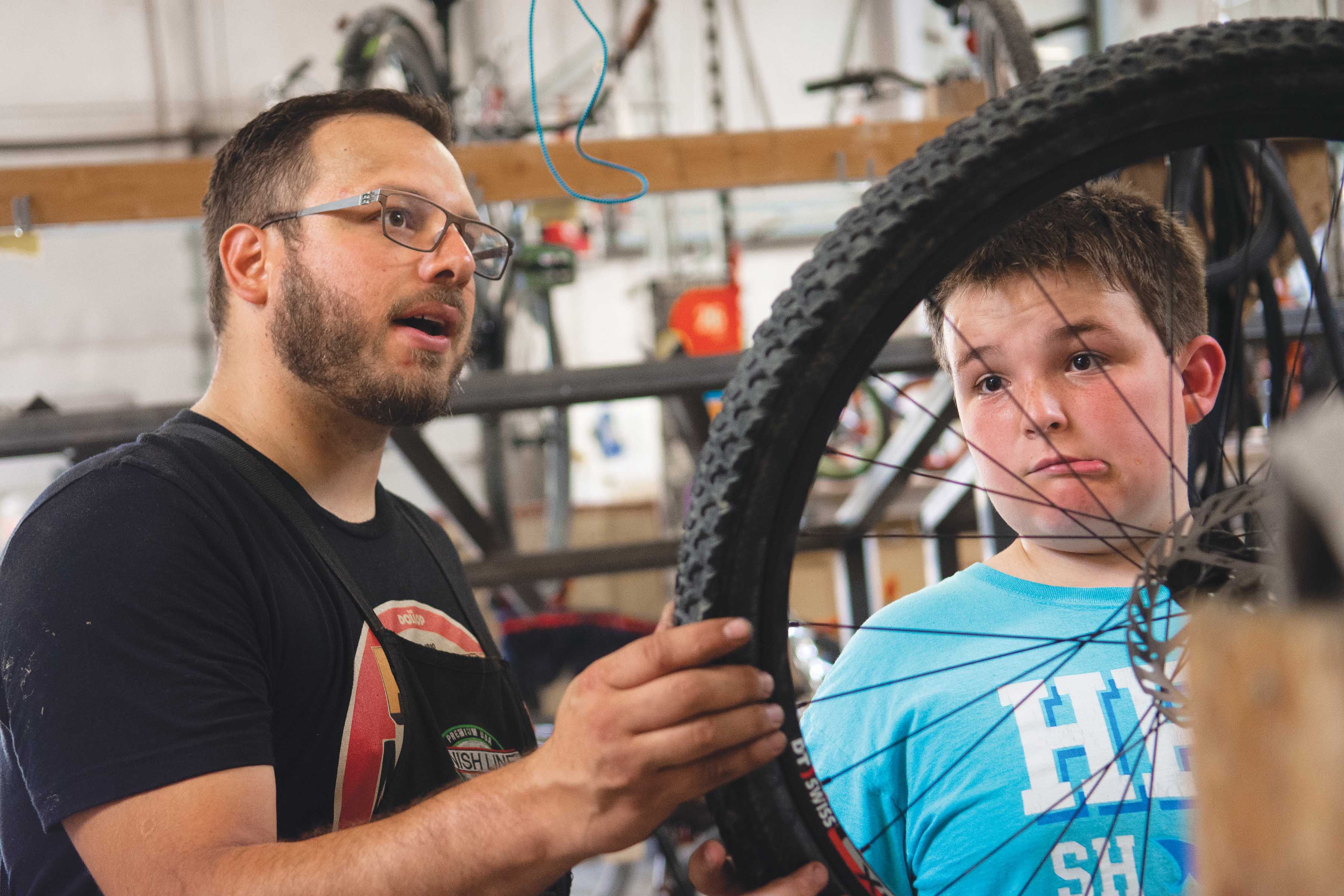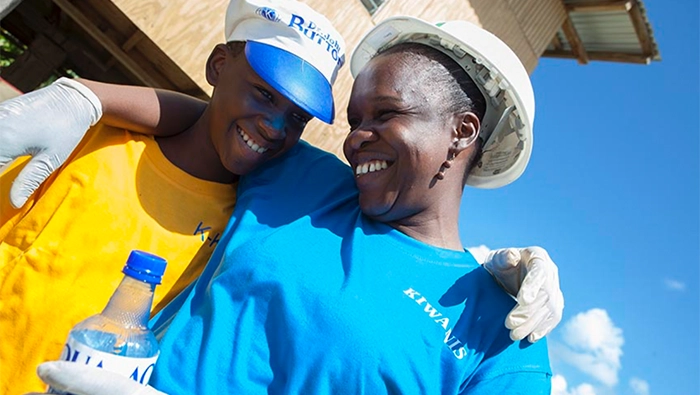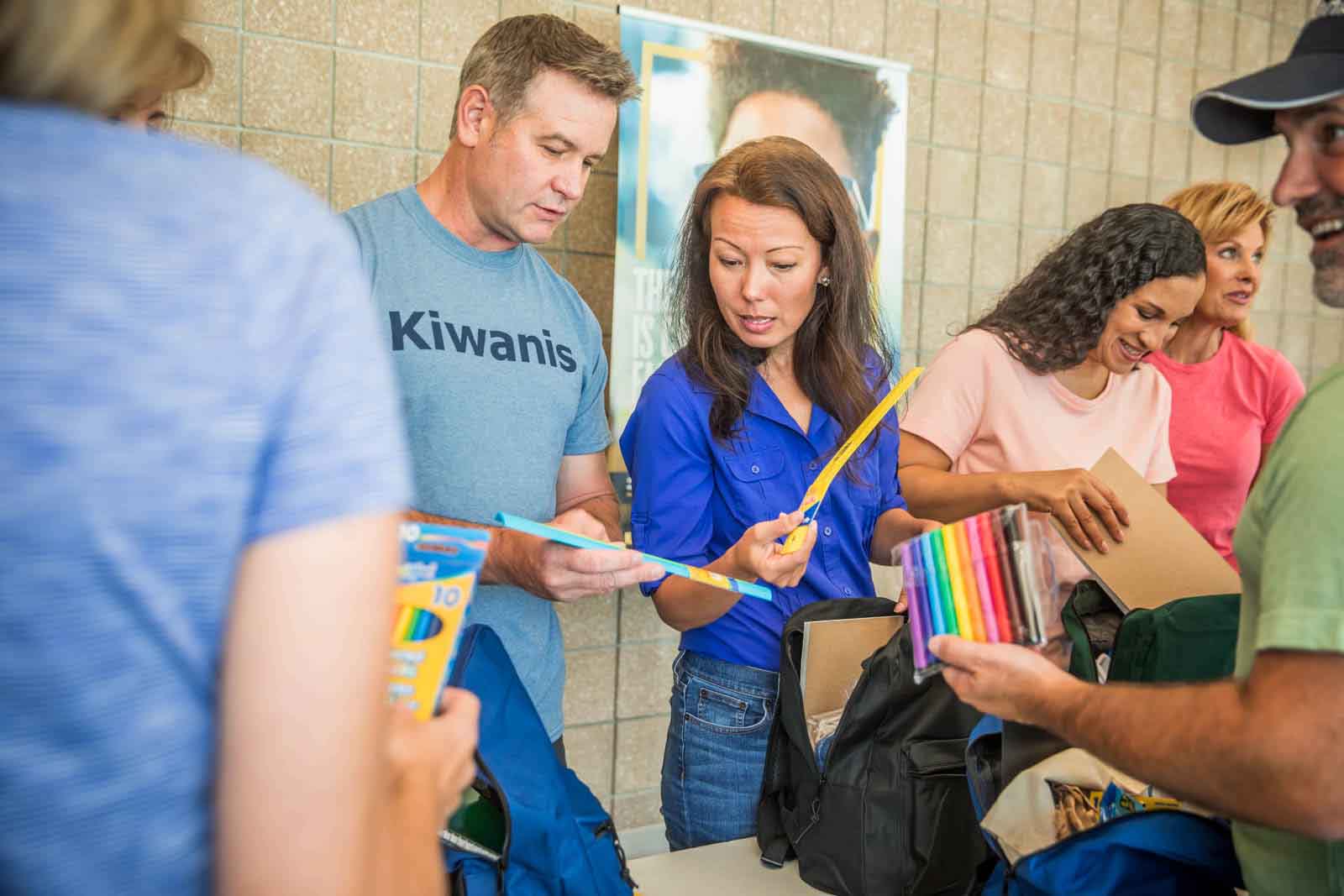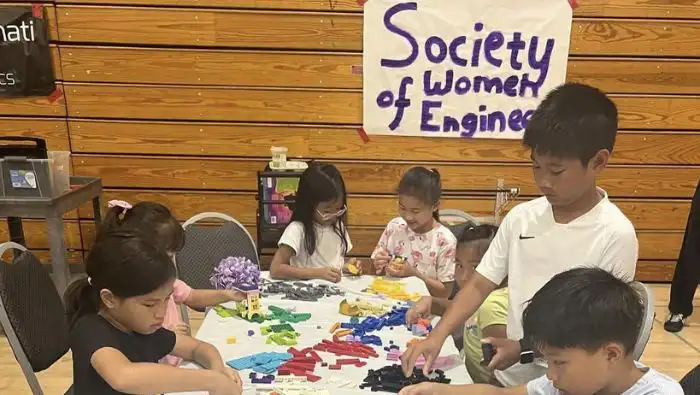
2024 Signature Project Contest Group I finalists announced
A record-breaking number of clubs submitted entries for the 2024 Kiwanis Signature Project Contest
By Erin Chandler
The top 20 finalists have been selected out of a record-breaking number of entries submitted for consideration in the 2024 Kiwanis Signature Project Contest.
Communities around the world know their Kiwanis clubs through their signature projects. Whether it is a festival, a fundraiser or an effort to help those in need, each signature project is tailored to the community it serves — with the goal of making it a better place to be a kid.
This year, 526 clubs submitted projects that serve kids across 33 countries. Each Kiwanis district selected its nominees. Members of the Kiwanis International Board of Trustees then reviewed the district winners and selected 10 finalists in each of two groups based on club size. Below, in alphabetical order according to district, are the finalists from Group I — clubs with 27 members or fewer.
STEAM Fair
Kiwanis Club of Diamond Bar Young Professionals, California, U.S.
California-Nevada-Hawaii District
The Kiwanis Club of Diamond Bar Young Professionals held its inaugural STEAM (science, technology, engineering, arts and mathematics) Fair in 2023. Members wanted to bring more STEAM awareness and resources to the community and promote STEAM education and careers to the next generation. Attendees took part in activities and witnessed demonstrations from five local high school robotics teams, LA County Library, Mathnasium, the Literacy Guild, the Regional Chamber of Commerce and much more. The fair also included workshops on writing college admissions essays for STEAM majors and on STEAM careers. A special ceremony recognized school district Teachers of the Year.
No Child Without Christmas
Kiwanis Club of South Eleuthera, Bahamas
Eastern Canada and the Caribbean District
Eleuthera is an island in the Bahamas with a population of just over 9,000 people — many of whom live without running water, bedding or enough food. But, for the past 50 years, the Kiwanis Club of South Eleuthera has helped the island’s children experience holiday magic. In 2023, club members spent months marketing and raising funds for the island’s largest toy drive, even going door-to-door to help spread the word. They then traveled to Florida to purchase 1,500 gifts — including toys, bikes, iPads and bedding. The presents were loaded into a truck the club called its “sleigh,” and 20 volunteers embarked on “Santa’s Road Trip,” hand-delivering cheer, hope and a sense of community to over 50% of South Eleuthera’s young people across all 11 settlements.
La Fine del Nulla (The End of Nothingness)
Kiwanis Club of Pescara, Italy
Italy-San Marino District
In 2021, the Kiwanis Club of Pescara wrote and published “Lillo e Billo, il Bullo (Lillo and Billo, the Bully),” an illustrated book to educate children ages 5-11 about bullying and cyberbullying. The book was so successful that the club followed it in 2023 with “La Fine del Nulla (The End of Nothingness)” for readers ages 12-20. The club has since been invited to participate in national and international conferences, exhibitions, presentations and broadcasts to discuss the books, in addition to addressing 6,000 students at its own Day to Combat Bullying and Cyberbullying. Club members also visited primary and secondary schools, where kids held discussions and created drawings, poems and performances based on the books.
Boys’ Basketball
Kiwanis Club of St. James, Missouri, U.S.
Missouri-Arkansas District
With only 11 members, the Kiwanis Club of St. James runs a boys’ basketball league that, last year alone, positively affected the lives of seven times that many kids. The league, divided into divisions for third/fourth grades and fifth/sixth grades, has been operating for 53 years and teaches kids the fundamentals of basketball, teamwork and good sportsmanship. It is sponsored by local businesses, and all coaches and referees are volunteers. Each season culminates in a championship game played by the fifth/sixth grade division in front of the entire third- through sixth- grade student body.
Marion Metro Kiwanis BBQ Rendezvous
Kiwanis Club of Marion Metro, Iowa, U.S.
Nebraska-Iowa District
The first time the Kiwanis Club of Marion Metro held its “BBQ Rendezvous,” they ran out of food in just 90 minutes — but still quadrupled the club’s yearly income. In its 12th year, the event serves thousands of people and has expanded to include eight barbecue vendors, three live bands, face painting and balloon animals. The event raises funds for the Kiwanis Miracle League, a baseball league for kids with disabilities. The league is sponsored by four Iowa Kiwanis clubs, including Marion Metro, and run by a board of Kiwanians and community members.
Randolph Kiwanis Freedom Festival and Parade
Kiwanis Club of Randolph Township, New Jersey, U.S.
New Jersey District
Each year on July 4, thousands of people line the streets in New Jersey for the Kiwanis Club of Randolph Township’s parade celebrating the United States’ Independence Day. But that’s not all —parade-goers can enjoy fireworks, carnival rides, games, a beer garden and family entertainment at the Freedom Festival on the County College of Morris campus. Local groups and organizations participate in the parade and host booths at the festival. The event brings the whole community together to honor veterans’ service and celebrate the country’s independence.
Christine Padasak Memorial Autism Awareness 5K
Kiwanis Club of Springville, New York, U.S.
New York District
For the past 14 years, the Kiwanis Club of Springville has held its Autism Awareness 5K and Family Fun Walk, which also features a pancake breakfast and adventure playground. The event raises funds for The Children’s League, an organization that provides therapeutic and special education services for children with autism, speech or language impairment, intellectual disabilities, orthopedic impairment and other conditions. In addition to funding for teacher training and classroom resources, the 5K provides a sense of community among families of children with disabilities, empowering them to play an active role in their kids’ development. A significant portion of funds raised comes through donations to family “teams” who compete for fundraising awards.
Kiwanis Special Games
Kiwanis Club of Kalayaan, Quezon City, Philippines
Philippine Luzon District
Inspired by the Philippine Luzon District’s part in organizing a nationwide Special Olympics in the Philippines, the Kiwanis Club of Kalayaan decided to host its own games for athletes with intellectual disabilities. For 38 years, the numbers of participating schools and sponsors have increased. Schools even provide uniforms for their athletes. Kiwanians from Kalayaan and other clubs serve as referees and coordinators. At the most recent special games, over 1,000 athletes had the chance to compete and excel, winning medals while gaining confidence and self-esteem.
Kiwanis de Amigos Relays
Kiwanis Club de Amigos, Tucson, Arizona, U.S.
Southwest District
Since 2004, the Kiwanis Club de Amigos has held the Kiwanis de Amigos Relays for middle school athletes. In initially surveying their community, members found that medical obesity and lack of physical fitness were a growing problem among kids approaching their teenage years. At the same time, there were few competitive middle school track teams, especially for girls, and track facilities were “almost nonexistent.” The Kiwanians decided to create an opportunity to compete free of cost. At the 19th Relays in 2023, 750 athletes from 33 middle schools across southern Arizona participated in 35 events on grounds provided by the University of Arizona Athletic Department.
Fifth Grade Scholastic Literacy Book Program
Kiwanis Club of Little Chute, Wisconsin, U.S.
Wisconsin-Upper Michigan District
In the village of Little Chute, Wisconsin, U.S., every fifth-grade student receives a book courtesy of Scholastic and the Kiwanis Club of Little Chute. Often, young people lose interest in reading during their preteen years, leading to a decrease in literacy skills. To combat this, the Little Chute Kiwanians empower each kid to choose a book that interests them. The students’ teachers also receive multiple books for their classroom libraries.

